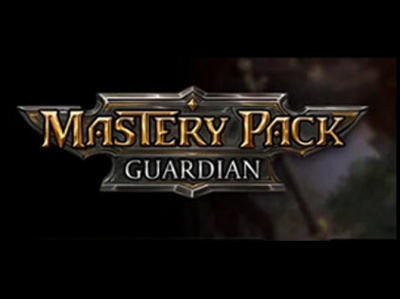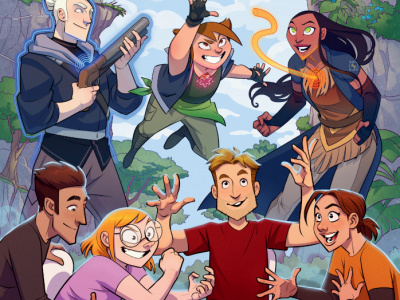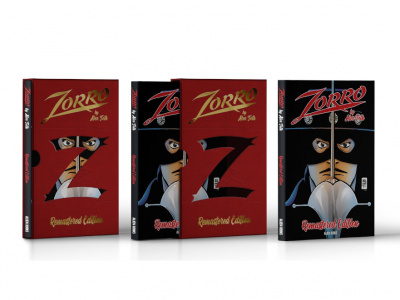Licensed merchandise based on entertainment and characters, which accounted for over $25 billion in sales in 1999, is the biggest category that most pop culture retailers are involved in, yet for many retailers, who have been burned by 'sure things' in the past, it's an area that doesn't get much attention. Tough times during the 1990s forced many pop culture retailers to scale back purchases, concentrate on core categories and ignore movie-related items. Elements of risk associated with movie merchandising include the possibility that the film might bomb, a shrinking window of opportunity as big movies do more and more of their business in the first weekend, and competition on movie stuff from discounting mass merchants.
But just as the risks are great, the opportunities to benefit from the right films are also stellar. Certain films like the original Star Wars trilogy helped pop culture retailers to flourish during the 1980s, while the 1989 Batman film helped fuel a boom in Batman merchandise that continued well into the 90s. Having the right movie merchandise can get new customers into your store and expose them to the entire panoply of books, comics, magazines, games, trading cards, toys, apparel, and videos, much of which may be new to them.
Picking the Right Movies
To some degree retailers can take their cue from the studios. The films that are the 'tentpoles,' that have the best spots on the schedule and have ambitious promotional plans backing them, are less likely to fall completely flat. For example, the current barrage of ads for Sony/Columbia's Spider-Man make it clear that the studio thinks enough of the film to invest a lot of money in promoting it. Another good sign for Spider-Man is the fact that the director and cast have already been signed for a sequel. Lord of the Rings and Star Wars are proven commodities, it's highly unlikely that either of the episodes in these two sagas slated for release this year will bomb.
Once you get past the few films that have strong prospects and a great pedigree, picking winners becomes more difficult. A lot depends on a store's clientele and its particular interests, but in general 90% of the sales on movie merchandise will come from a small number of films--either major 'franchise' films or films with strong ties to material that is already available in pop culture stores. A film doesn't have to be a blockbuster to be a successful merchandising vehicle for pop culture stores -- Ghost World proved that, and From Hell added an exclamation point (see 'Top Movie/TV Merchandise Stories of 2001'). This summer The Road to Perdition, based on a graphic novel written by Max Allen Collins, might provide a similar opportunity (see 'Best in Shows 2002')
Timing Is Everything
Movie studios get the highest percentage of the box office gross revenues during a film's first week of release, therefore it is in their best interest to pack the theaters during a film's opening week. As a result, blockbuster films are opening on huge numbers of screens and with unprecedented marketing and publicity -- and this weekend's blockbuster is sure to be followed by another heavily promoted film next week. The result is an ever-shortening window of opportunity during which retailers can take advantage of the general public's interest in a particular property. A film can have a hugely successful opening like last year's Tomb Raider, and yet be almost forgotten within a few weeks.
Although some films have long tails (years, in some cases), the best time to sell movie merchandise might be the two-week period before the film opens. This may not be true of a film like Ghost World, but it is certainly applicable to blockbusters like Star Wars Episode II or Spider-Man. The intense barrage of publicity for these major films drives fan interest to a fever pitch -- and products such as adaptations, posters, trading cards, making-of books, and toys can do extremely well before a film opens. The most important question a retailer can ask his supplier of movie-related items is, 'When will I receive these goods?' Suppliers who understand the importance of this pre-release sales period take great pains to make sure that retailers have product at least two weeks prior to a film's release (for example, see 'Topps Has the Big Three') . And then, of course, the period immediately after release, depending on the film's life span in the theaters, is a time to sell through, restocking the best items for the movie's tail.
Since Hollywood studios make even more money on DVD releases than they do in the theaters, they are increasingly supporting the video releases of major films with TV ads. This does present retailers with another chance to move merchandise associated with a particular film, but this second wave of publicity doesn't have the same power as the initial barrage. One positive trend here is the relatively quick transition to video that is becoming the norm today. Summer blockbusters are now routinely available on video in the fall, which helps keep the properties viable. The worst possible scenario for the retailer is to receive movie-related goods just as the film is disappearing into the reduced price theaters and before it comes out on DVD.
Mass Market Competition
Mass market discounters (think Wal-Mart) can make sales of movie related merchandise difficult for pop culture retailers. The answer to this kind of competition is summed up in that old baseball adage, 'hit 'em where they ain't.' The big discounters can't (and don't) carry everything. Paper goods such as comic adaptations, posters, trading cards, etc. are generally safe bets (depending on the property), while toys (except for high-end toys and statues) and videos can often be problems (at least with major films). Like paper goods, apparel is another category that is often overlooked by pop culture retailers, but which can provide many opportunities to acquire styles and types of garments that the discounters won't be carrying (for apparel merchandising tips, see 'Merchandising Apparel -- A Merchandising Success Story').







